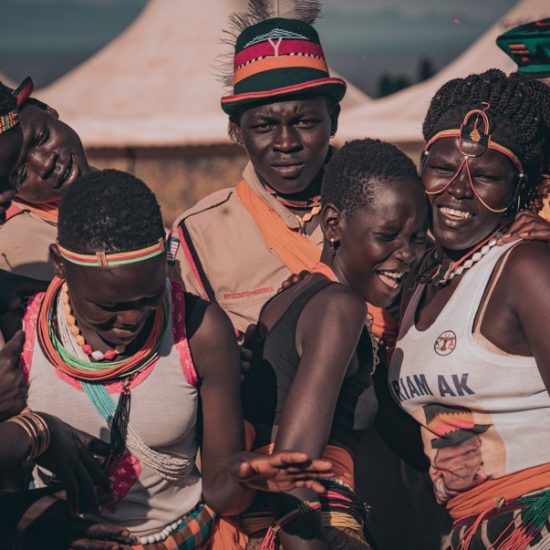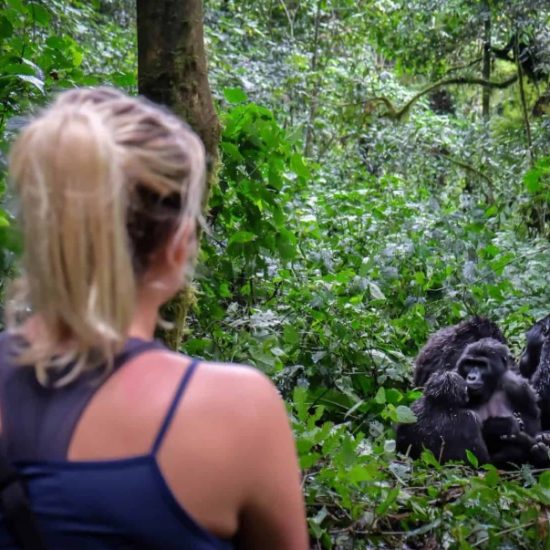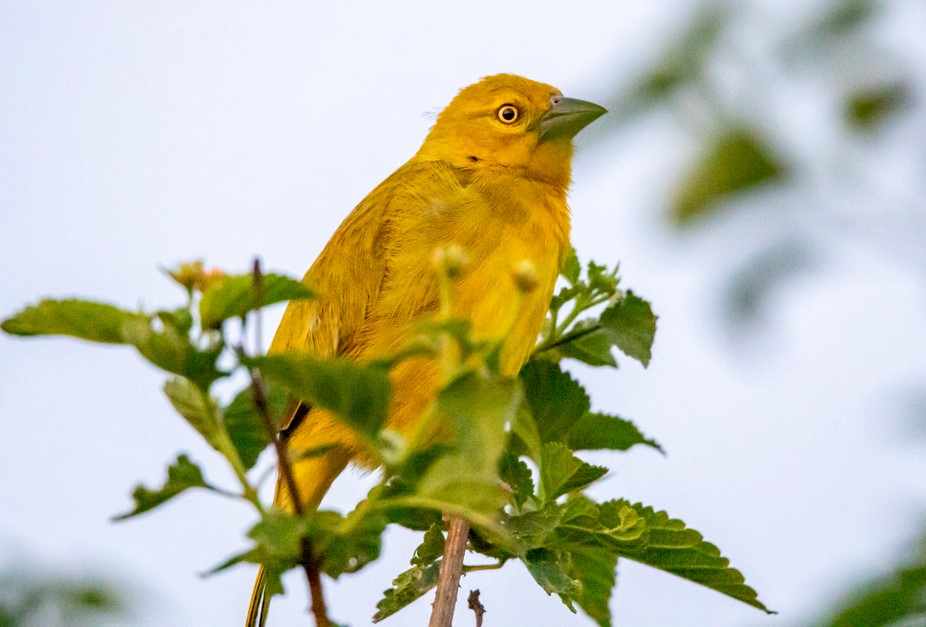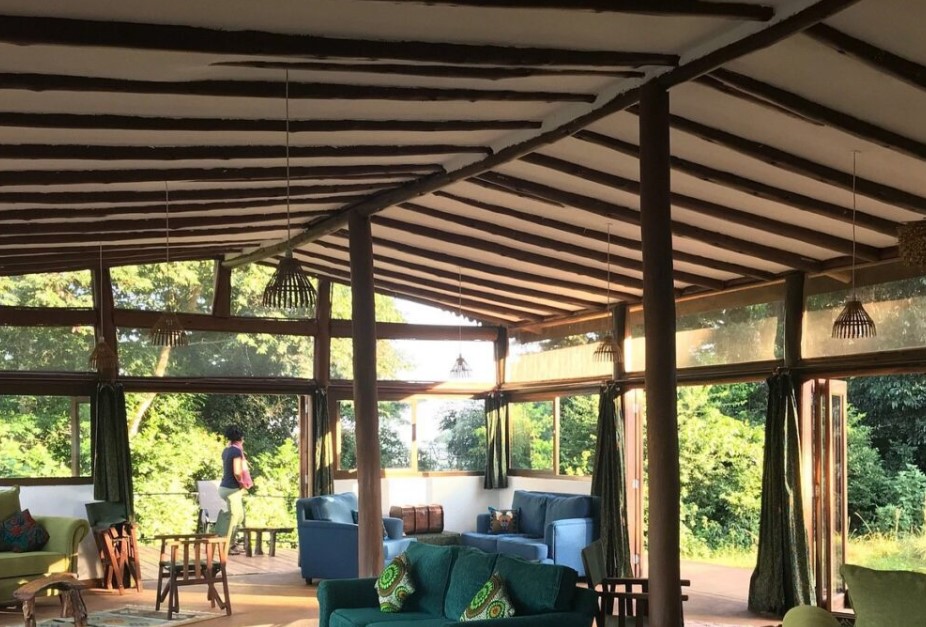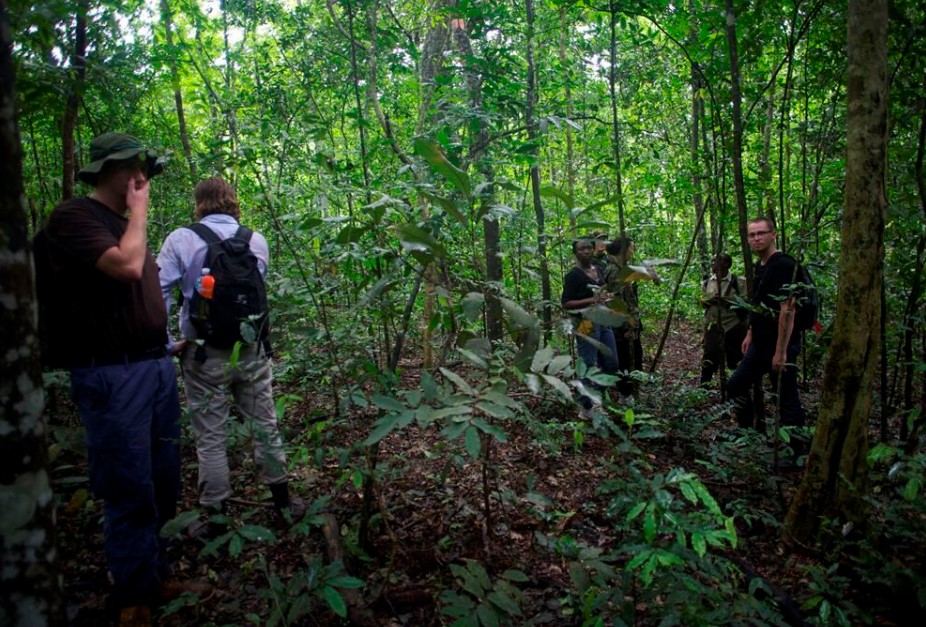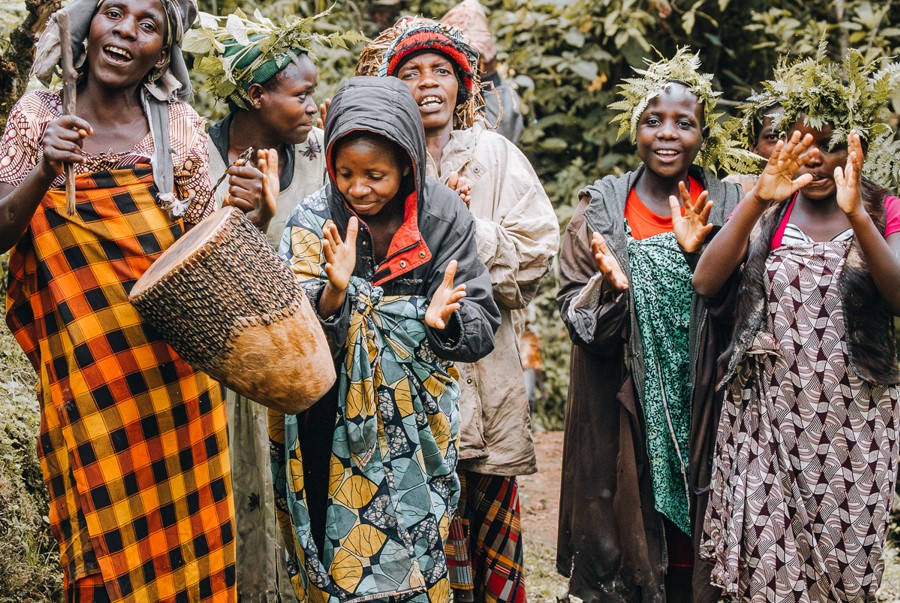
Exploring Bwindi’s Batwa Trail
Exploring Bwindi’s Batwa trail helps cultural lovers to understand the history of Batwa people, who are believed to be the original inhabitants of the dense forests in the Democratic Republic of Congo and southwestern Uganda, especially in Bwindi Impenetrable Forest and Mgahinga. They relied on fruit gathering and hunting for food and lived in Bwindi Impenetrable and Mgahinga National Parks, which border the Democratic Republic of Congo and Rwanda. They are known as the “keepers of the forest” and are one of Africa’s oldest indigenous tribes, with a history stretching back thousands of years.
Where did the Batwa people come from
They originated in the dense forests of the Democratic Republic of Congo but have been displaced due to several factors and now reside in Bundibugyo District, Uganda. After being forced out of their ancestral land, the Batwa face an uncertain future, living in severe poverty near the forests where their ancestors lived, making them unable to access food and medicine that the forest once provided.
Who are the Batwa in Uganda
The Batwa, also known as pygmies, are an indigenous group from the forests of southwestern Uganda, with a history of thousands of years. Their culture is closely linked to the forest, which they view as sacred and from which they derive food, shelter, and medicine. Historically, they are the keepers of the forest who lived as hunter-gatherers and have skills in tracking and using medicinal plants, along with unique cultural practices like traditional dances and songs. In the 1990s, the creation of Bwindi and Mgahinga National Parks for gorilla conservation resulted in the Batwa being evicted from their lands, leading to challenges like poverty and loss of cultural identity. Despite this, they strive to preserve their culture through traditional practices shared with younger generations. The Batwa population in Uganda is about 6,700, representing around 0.2% of the country’s population.
Are the Keepers of the forest religious people
Religiously, the keepers of the forest consider a supreme entity, locally known as Imaana or Nagaasan, to exist. It is also thought that the Twa people receive their blessings, prosperity, food, protection, and offspring from Nagaasan. Hunting and gathering were the Batwa people’s primary means of subsistence during their thousands of years in the forests of Bwindi and Mgahinga. But in the 1990s, they were forced out of these forests to preserve and make room for conservation initiatives, especially those aimed at saving the endangered mountain gorillas.
Exploring Bwindi’s Batwa Trail
Exploring Bwindi’s Batwa Trail is a special activity that combines gorilla tracking, but some prefer to experience it as a cultural tour. This trail helps visitors learn about the Batwa people’s traditional lifestyle, including their hunting methods, dances, and medicinal plants. Visitors also see ancient rock carvings and learn about the Batwa’s spiritual beliefs and fire-making techniques.
The trail is part of a project to preserve Batwa culture and create economic opportunities for the community. Proceeds support education and healthcare for the Batwa, who have struggled to adapt after being evicted from their forest homes. Guided by Batwa elders, visitors hear stories about their culture and participate in dancing, hunting demonstrations, and traditional fire-making. A notable part of the tour is a visit to the Garama Caves, which served as hiding places during conflicts.
Of what significance is the Batwa Trail
The Batwa trail in Bwindi Impenetrable National Park and Mgahinga Gorilla National Park provide a rich cultural experience related to the Batwa people. Located in southwestern Uganda, these parks were once home to the Batwa, who lived in the forests before they were turned into national parks for wildlife conservation. The Batwa people were displaced from their homes, faced a challenging life without the forests that provided them food and shelter.
The trail offers visitors a chance to learn about the traditional ways of the Batwa, showcasing their skills in hunting, home building using local materials and the use of local herbs by visiting their local doctor. Tourists can also explore caves that served as hiding spots during tribal wars and witness how fire was made from wood. The experience includes watching cultural dances and dramas performed by women’s groups, providing insight into their heritage.
After engaging with the Batwa community, visitors can return to their lodge for lunch and relaxation. In the early evening, they can enjoy an adventurous boat ride on Lake Mutanda, making for a memorable day in Uganda.
Why the Batwa People are Recognized as Bantu-speaking people
The Great Lakes Twa, also called Batwa, Abatwa, or Ge-Sera, are a Bantu-speaking group native to the Great Lakes region of Central and East Africa. They are believed to be the oldest surviving population in this area. The Twa are indigenous pygmies who speak Bantu languages and hold ancient knowledge. They are seen as a vital connection to Africa’s early history, acting as protectors of sacred traditions and skilled in living in the forests. Engaging with them allows a deeper understanding of the land, as they share insights about the mountains, rivers, and trees enriched with centuries of wisdom. One question is whether the Twa People are the Keepers of the Great Lakes’ Oldest Stories.
Why are the Batwa people too short
The “forest people” may have become scarce in the thousands of years after the Bantu spread, just as Bantu domestic animals in the jungle. Farmers marrying the tallest women back in their villages may have increased the selection pressure. Comparing the Batwa pygmies to the rest of Uganda, they are relatively short. Adult women in Batwa were between 4.2 to 4.8 feet (127 to 147 cm), while men were typically between 4.5 and 5 feet (137 and 152 cm) tall.
When exploring Bwindi’s Batwa Trail, as defenders of sacred traditions, skilled forest dwellers, and narrators of an enduring world, the Twa offer a singular, living connection to the early chapters of Africa. When you meet them, you enter a deeper rhythm of existence where every tree, river, and mountain echoes with centuries’ worth of wisdom. Experience the spirit of the Great Lakes from the viewpoint of its original inhabitants, then get a look and a deeper understanding of the Batwa people that very few people ever get to see.



